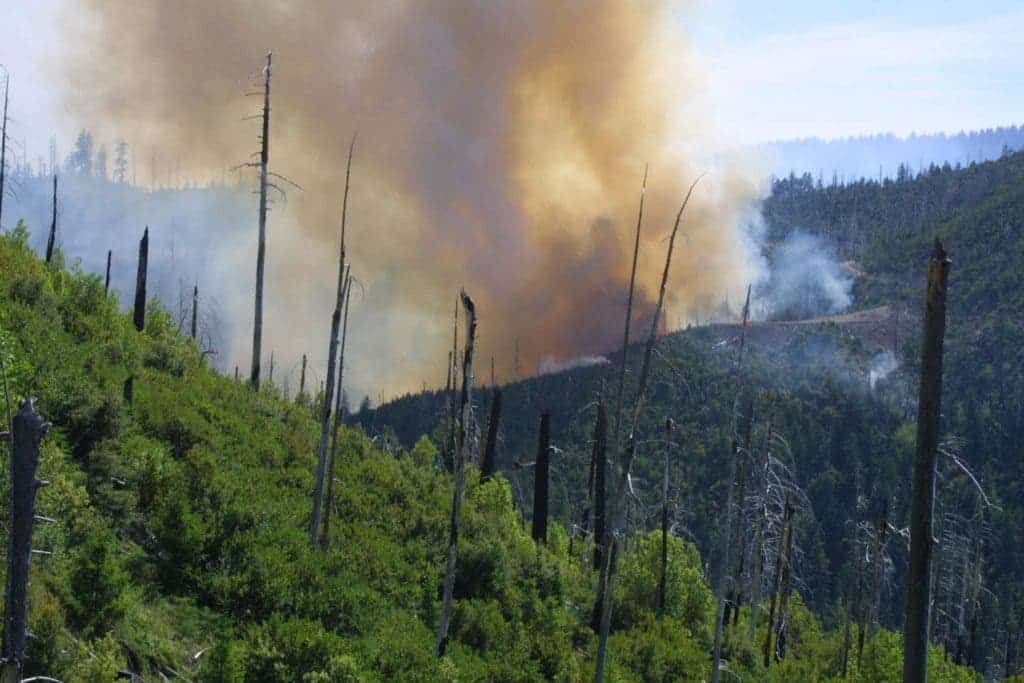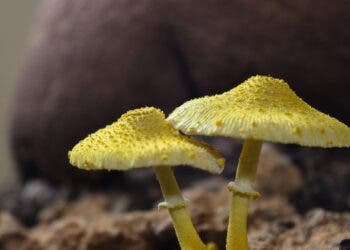Climate change is set to intensify summer droughts and increase forest fire frequency, with drastic consequences for unique bioregions of northern California and southwestern Oregon.

Harvard University ecologists zoomed in on a region called the Klamath, a pocket of the Pacific Northwest. It’s one of the most biophysically complex areas in North America and a huge carbon sink. There are 29 species of conifers and various rare plants that grow only here in the entire world.
These sort of forests are well-adapted to wildfire but even the most resilient species may find it difficult to recover in the face of abrupt climate change. The wildfires are becoming more severe, a prime example being 2002’s Biscuit Fire, which burned 500,000 acres. In between the next forest fire, the conifers have to compete with more fire-resilient shrubs and other species, which can grow more quickly.
Thompson and colleagues simulated the next 100 years of forest dynamics in the Klamath, based on different climate change projections. Although the projections ranged from conservative to extreme, under all scenarios droughts are set to intensify, which will reduce plan survival overall.
“The Klamath is a challenging place to model future forests because the global models of future climate change (the Global Circulation Models) don’t agree about future precipitation in the region. The models agree that it will be warmer, but some predict wetter and some drier. So we ended up running all the analysis with four different climate change projections. Not surprisingly, the drier climate scenarios were associated with the largest losses of conifer forests,” Jonathan R Thompson, senior ecologist at Harvard Forest and Principle Investigator of the research project, told ZME Science.

Climate change will increase the intensity and frequency of wildfires in the region, allowing shrubs to prosper, which are able to quickly regenerate. In the process of repeated high severity fires, the shrubs squeeze out the conifers. “This is often referred to as a shrub trap, Thompson said.
What’s more, under warmest climate simulation, the Klamath sees fires that would break all records of burned forest area in the region. Even if recent climate events continue at their current intensity, the Klamath can expect to lose a third of its iconic conifers, destined to be replaced by shrubs over the coming century.
“These forests are among the most carbon dense in the world. So, the replacement of old conifer forests with shrubs will mean much more carbon in the atmosphere. It is also a major shift in the fire regime. This region has always supported a low to mixed-severity fires, meaning that frequent fires would perpetuate the forest condition,” said Thompson, who along with colleagues reported the findings in the journal Scientific Reports.
The Harvard researchers are now working with the Forest Service and other forest managers in the Klamath “to develop regional scenarios of land management that might prevent the loss of forests or produce other outcomes the stakeholders see as favorable,” according to Thompson.






